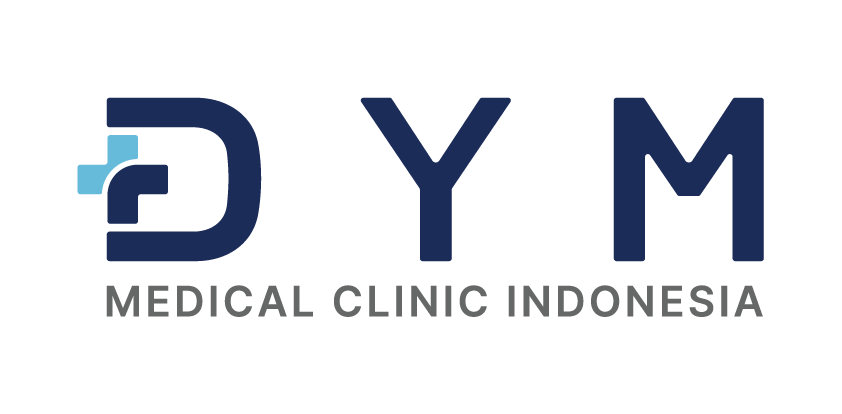- Top
- Department List
- Symptoms and Treatments for Dry Eye
/
/

Department List
LIST OF CLINICAL DEPARTMENT
Make a reservation
RESERVE
Symptoms and Treatments for Dry Eye
What is Dry Eye?
If five or more of the following symptoms apply to you, you may have dry eye:
- 1. Eyes get tired easily
- 2. Eye pain
- 3. Discharge from the eyes
- 4. Gritty sensation in the eyes
- 5. Excessive tearing without a specific reason
- 6. Blurred vision
- 7. Itchy eyes
- 8. Heavy feeling in the eyes
- 9. Frequent redness
- 10. Uncomfortable sensation in the eyes
- 11. Dry feeling in the eyes
- 12. Sensitivity to light
Causes of Dry Eye
Dry eye occurs when abnormalities in the quantity or quality of tears lead to dryness on the surface of the eyes, causing discomfort and visual disturbances. Common causes include:
Environmental Factors
Air conditioning, heating, dry air, and prolonged use of computers or smartphones increase tear evaporation.
Aging
Tear production declines with age, particularly in postmenopausal women.
Contact Lenses
Prolonged use of contact lenses accelerates tear evaporation, worsening dryness.
Diseases and Medications
Conditions such as Sjögren’s syndrome or medications like antidepressants and antihistamines can reduce tear production.
Other Factors
Insufficient sleep, stress, and reduced blinking frequency can also contribute to dry eye.
Daily Precautions to Prevent Dry Eye
- During Computer or Smartphone Use:
- Take breaks every 20–30 minutes and consciously blink more often.
- Maintain a Proper Environment:
- Use a humidifier and prevent dry air from air conditioning or heating. Avoid direct airflow to your eyes.
- Proper Contact Lens Use:
- Follow recommended wearing times and switch to glasses if dryness occurs.
- Balanced Lifestyle:
- Get sufficient sleep and reduce eye strain.
- Protect Your Eyes:
- Wear sunglasses outdoors to shield your eyes from dryness and UV rays.
Treatments for Dry Eye
The treatment for dry eye aims to relieve symptoms and maintain eye health.
Artificial Tears
This is the most common treatment to replenish eye moisture. Preservative-free options are often recommended.
Medication
If inflammation is a factor, steroid eye drops or immunosuppressants (e.g., cyclosporine eye drops) may be prescribed.
Punctal Plugs
These are inserted into tear ducts to reduce tear drainage and retain moisture in the eyes.
Lifestyle Adjustments
Managing environmental factors and limiting screen time can address underlying causes.
Nutritional Supplements
Omega-3 fatty acids, found in certain foods or supplements, can improve tear quality.
Other Treatments
In some cases, thermal therapy or massage may be used to promote the release of oil from glands in the eyelids.
Treatment plans vary depending on symptoms and underlying causes, so consulting an ophthalmologist is crucial to determine the most suitable approach.
Department List

Access
Access

Menara Astra, Lantai 3, Jl.
Jenderal Sudirman, Kavling 5-6,
Karet Tengsin, Tanah Abang,
Kota Administrasi Jakarta Pusat,
Provinsi DKI Jakarta, 10220


 appointment
appointment  Access
Access
 +62 21 8665 6830
+62 21 8665 6830 